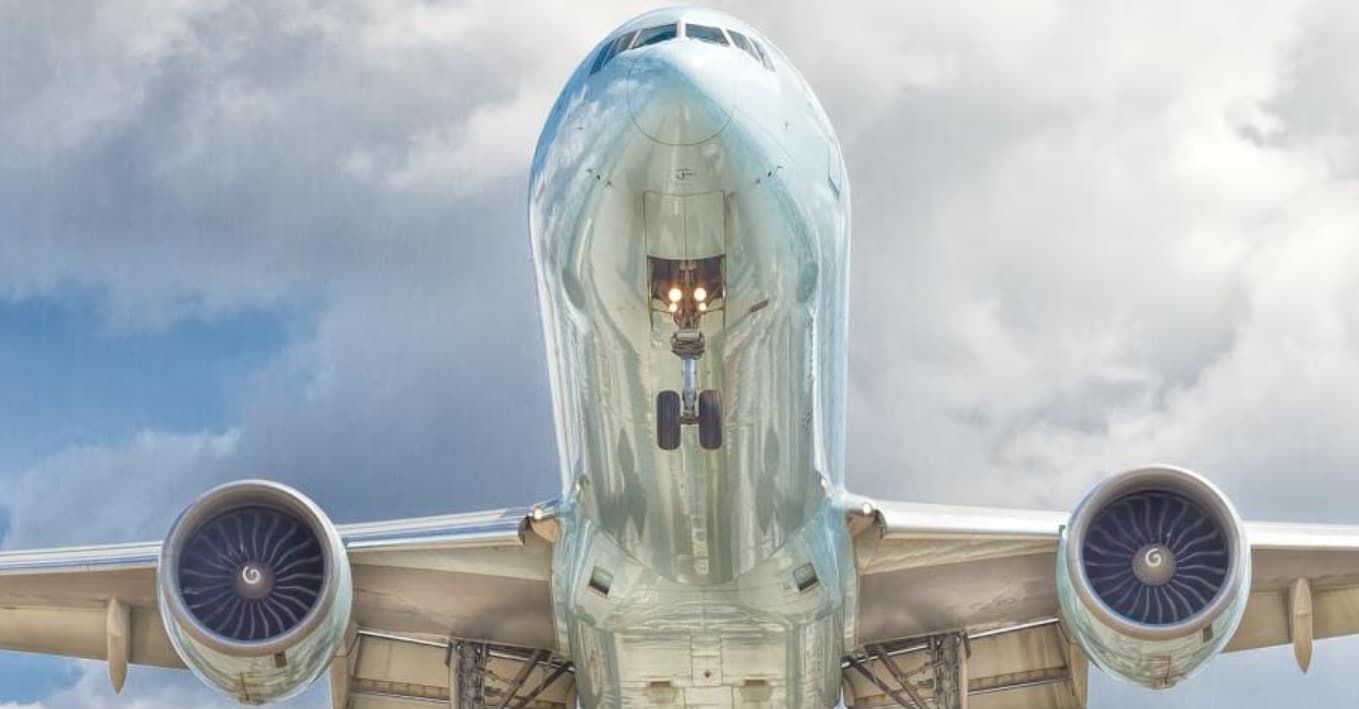As global aviation sails past its pre-pandemic levels, with over 5.2 billion passengers expected to fly by the end of 2025, the industry’s climate pledges are fast being grounded by reality.
From costly fuels to sluggish innovation, the gap between green commitments and actual progress is widening, and the clock isn’t waiting.
By 2050, air traffic demand in Europe alone is projected to hit 11.8 million flights a year.
At the same time, net zero targets remain legally binding and politically loaded.
But few seem ready to admit how far off course things already are.
Now, one of Europe’s largest low-cost carriers has released what it calls a “manifesto for urgent action,” offering a roadmap for how aviation could still meet its decarbonisation goals — but only if industry and policymakers stop pretending things are on track.
The entire strategy, presented by Wizz Air during its official net zero briefing, outlines where emission cuts must come from, what hurdles stand in the way, and why coordinated intervention is essential.
According to the strategy, 53 per cent of emissions reductions will need to come from Sustainable Aviation Fuel (SAF), 30 per cent from changes to aircraft and operations, and just 4 per cent from airspace modernisation.
The remaining 13 per cent is expected from carbon removals, though it was clearly stated that scalable solutions for that category remain uncertain.
It was also mentioned that SAF remains three to four times more expensive than conventional jet fuel, with production volumes far below what is needed.
Certification limits and blending caps further complicate uptake, especially for airlines operating on tight margins.
To meet climate targets, SAF production would have to increase by a factor of 1,000.
The EU’s ReFuelEU mandate will only require a 2 per cent blend by 2025, rising to 6 per cent by 2030 and 70 per cent by 2050.
The UK aims for 10 per cent SAF use by 2030. Wizz Air has committed to powering 10 per cent of its flights with SAF by that year — a target that, as the roadmap makes clear, is only viable if large-scale production becomes a reality.
The company has already invested €14 billion under its Customer First Compass initiative, including equity into SAF production and long-term offtake agreements to secure future supply.
On the aircraft side, Wizz Air has introduced new-generation Airbus A321neo models across 61 per cent of its fleet. These aircraft are up to 30 per cent more fuel-efficient than earlier models and include 239 seats per plane, helping to reduce emissions per passenger kilometre. A further 310 aircraft are expected by 2050.
Operational changes are also contributing. The report explains how AI tools are now being used to optimise turnaround times, and an internal programme — Every Minute Matters — is focused on cutting fuel waste at every phase of flight.
Pilots are supported by FlyGuide, a platform that could help save up to 5,000 metric tonnes of fuel annually. While these numbers are modest, the strategy notes they are meaningful when applied at scale.
Still, the tone of the document is far from celebratory.
“Progress is slow. Commitments are unreachable based on current technological development,” it states.
R&D is underfunded, infrastructure reform is delayed, and new technologies are years away from commercial rollout.
Meanwhile, demand is rising. Global passenger numbers are up 16.2 per cent compared to last year, and the sector has generated $36.6 billion in net profits. The pressure to decarbonise is growing — but so is the scale of the challenge.
One of the biggest obstacles, it was stated, is Europe’s outdated airspace system.
Congestion has increased by 60 per cent, leading to unnecessary emissions and costly delays. The roadmap refers to the long-postponed Single European Sky 2 initiative, though it notes this would deliver only a 4 per cent emissions cut.
The plan is aligned with ICAO’s long-term goal to achieve net zero emissions by 2050, but takes a different approach than many competitors.
Rather than relying heavily on offsets or speculative technologies, Wizz focuses on five measurable pillars. 53 per cent from SAF, 21 per cent from new aircraft and engine tech, 7 per cent from fleet renewal, 4 per cent from air traffic reform, and 2 per cent from operations.
As Yvonne Moynihan, corporate and ESG officer of Wizz Air, mentioned, the current pace of change is not enough — and without radical intervention, aviation will fail to meet its commitments.







Click here to change your cookie preferences